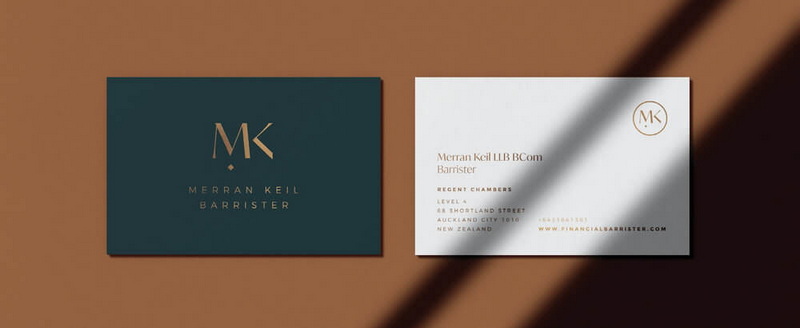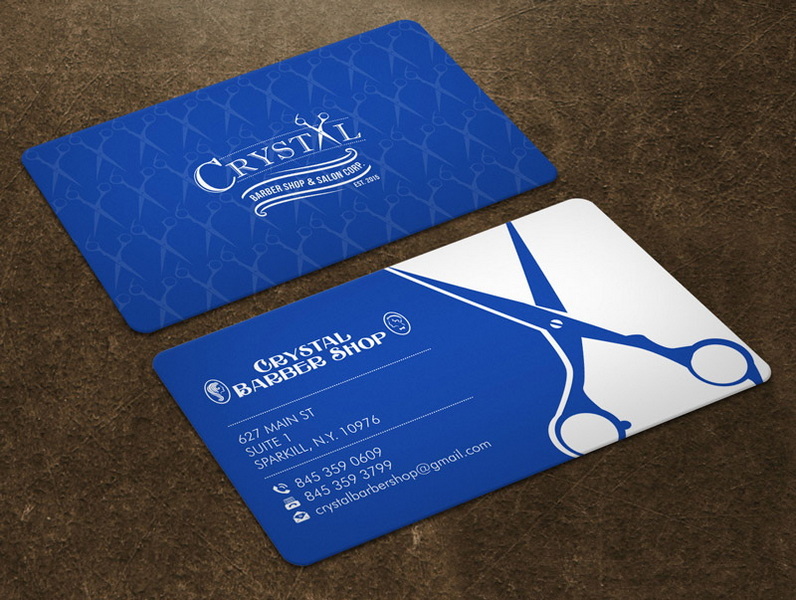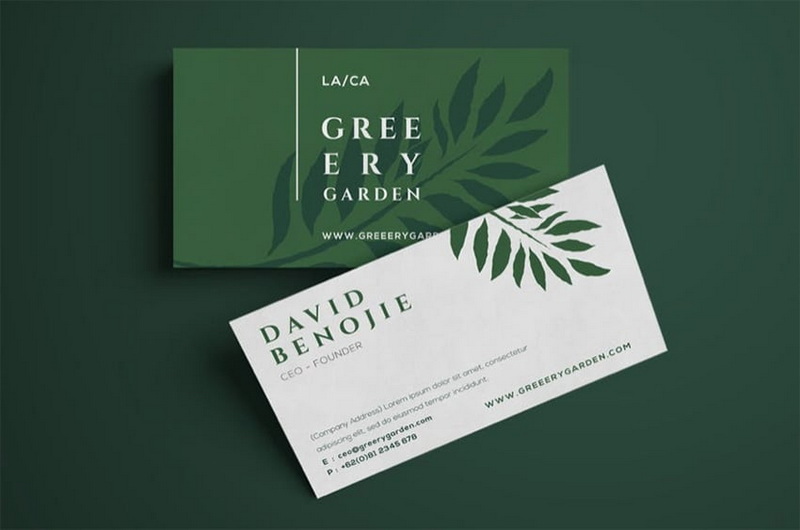Content Menu
● Introduction to Business Cards
>> Purpose of a Business Card
● Key Elements of a Good Business Card
>> Logo and Branding
>> Company Name and Tagline
>> Contact Information
>> Design and Layout
>> Materials and Quality
● Creative and Functional Elements
>> QR Codes
>> Call to Action
>> Custom Shapes or Designs
● Industry-Specific Considerations
● Best Practices for Designing Business Cards
● Conclusion
● Frequently Asked Questions
>> 1. What Information Should I Include on My Business Card?
>> 2. How Important Is the Quality of the Card Stock?
>> 3. What Fonts Are Best for Business Cards?
>> 4. Should I Include a QR Code on My Business Card?
>> 5. How Can I Make My Business Card Stand Out?
● Citations:
A business card is more than just a piece of paper with your name and contact information on it; it is a representation of your brand and a crucial tool for networking. Crafting a good business card requires careful consideration of several elements, from design and content to materials and functionality. In this article, we will delve into the key components that make a business card effective and memorable.

Introduction to Business Cards
Business cards have been a staple in professional settings for decades, serving as a quick and efficient way to exchange contact information. However, with the rise of digital communication, the role of business cards has evolved. They are no longer just about exchanging contact details but also about making a lasting impression on potential clients or partners.
Purpose of a Business Card
The primary purpose of a business card is to introduce yourself and your business, providing a tangible representation of your brand. It should be designed to capture attention, convey professionalism, and encourage further interaction. Whether you are attending a networking event, meeting potential clients, or simply introducing yourself in a professional setting, your business card is often the first impression people have of you and your business.
Key Elements of a Good Business Card
Logo and Branding
Your logo is the visual identity of your business, and it should be prominently displayed on your business card. Ensure that your logo is high-quality, preferably at 300 dpi, to ensure crisp edges when printed. The logo should be balanced with sufficient white space to avoid cluttering the card[1]. Consistency in branding is crucial; your business card should reflect the same visual elements as your website and other marketing materials[2].
Company Name and Tagline
The company name should be clearly visible and spelled out in full to avoid confusion. A tagline or slogan can help clarify what your business does, especially if the company name is not self-explanatory[1]. For example, a company named "EcoCycle" might use the tagline "Sustainable Waste Management Solutions" to provide clarity.
Contact Information
Include essential contact details such as your name, job title, phone number, email address, and website URL. Social media handles can also be included if relevant to your industry[4]. Ensure that the text is easy to read and not overwhelming; using too many phone numbers (e.g., mobile, office, fax) is generally unnecessary[4].
Design and Layout
- Font Choice: Use simple, easy-to-read fonts like Arial or Times New Roman. Avoid using more than two or three different fonts or font weights to maintain clarity[4][5].
- Content Hierarchy: Prioritize information based on importance. Typically, your name and company name should be the most prominent[2].
- White Space: Adequate white space helps prevent clutter and makes your card more visually appealing[1][4].
Materials and Quality
Invest in high-quality card stock that feels substantial and professional. Avoid flimsy or cheap materials as they can undermine your brand's image[2][4]. Consider unique materials or finishes like textured stock, matte, or glossy to make your card stand out[4].

Creative and Functional Elements
QR Codes
Adding a QR code can link directly to your website, portfolio, or social media profiles, making it easy for recipients to access more information about you or your business[4][5].
Call to Action
Include a call to action that encourages engagement, such as "Scan here to explore our latest projects" or "Let's collaborate!"[4].
Custom Shapes or Designs
For creative industries, consider using custom shapes or designs that reflect your brand's personality. This can make your card more memorable and fun to keep[4].
Industry-Specific Considerations
Different industries have unique conventions and expectations for business cards. For example, in creative fields like graphic design or photography, showcasing samples of your work on the card can be beneficial. In more traditional industries like finance or law, simplicity and professionalism are key[5].
Best Practices for Designing Business Cards
1. Target Your Audience: Tailor your card's design and content to resonate with your target audience and industry[5].
2. Proofread: Ensure all information is accurate and free of typos before printing[2].
3. Test Print: Always test print your design on a low-quality printer to check for any issues with margins or font sizes[2].
Conclusion
A well-designed business card is an essential tool for professionals looking to make a lasting impression. By focusing on key elements like branding, contact information, design, and quality materials, you can create a card that not only represents your business effectively but also encourages further interaction. Remember, your business card is often the first tangible representation of your brand that people encounter, so it's crucial to get it right.

Frequently Asked Questions
1. What Information Should I Include on My Business Card?
- Answer: Essential information includes your name, job title, company name, contact details (phone number, email, website), and relevant social media handles. A tagline or slogan can also be helpful if your company name is not self-explanatory[1][4].
2. How Important Is the Quality of the Card Stock?
- Answer: High-quality card stock is crucial as it reflects professionalism and durability. Avoid flimsy or cheap materials as they can undermine your brand's image[2][4].
3. What Fonts Are Best for Business Cards?
- Answer: Simple, easy-to-read fonts like Arial, Times New Roman, or Helvetica are recommended. Avoid using more than two or three different fonts to maintain clarity[4][5].
4. Should I Include a QR Code on My Business Card?
- Answer: Yes, including a QR code can be beneficial as it provides a quick link to your website, portfolio, or social media profiles, making it easy for recipients to access more information about you or your business[4][5].
5. How Can I Make My Business Card Stand Out?
- Answer: Consider using unique materials (e.g., textured stock, metal), custom shapes, or bold designs that reflect your brand's personality. Adding a creative call to action can also encourage engagement[4].
Citations:
[1] https://www.vistaprint.com/hub/business-card-information-essentials
[2] https://creativemarket.com/blog/10-commandments-of-business-card-design
[3] https://github.com/haoweiguang/haoweiguang.github.io/blob/master/index.html
[4] https://littlemountainprinting.com/articles/what-makes-a-good-business-card-with-examples/
[5] https://www.indeed.com/career-advice/career-development/business-card-tips
[6] https://bbs.gter.net/thread-402330-1-1.html
[7] https://www.vistaprint.com/hub/business-card-design-rules
[8] https://99designs.com/designer-resource-center/designing-business-cards
































